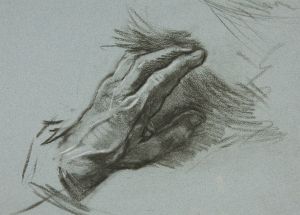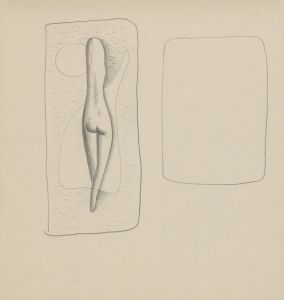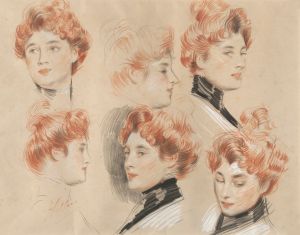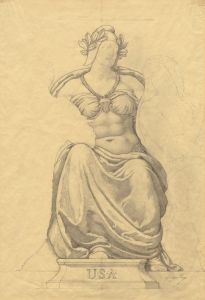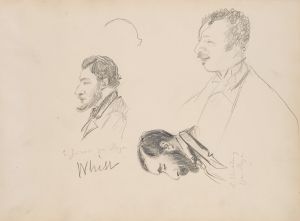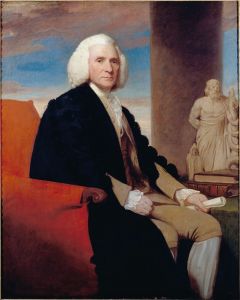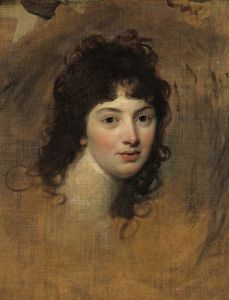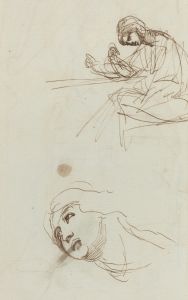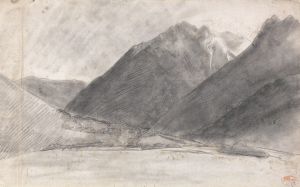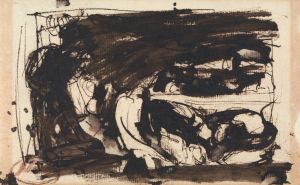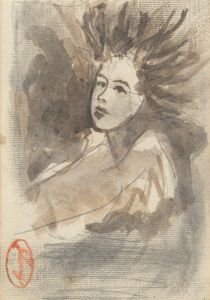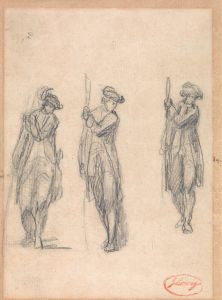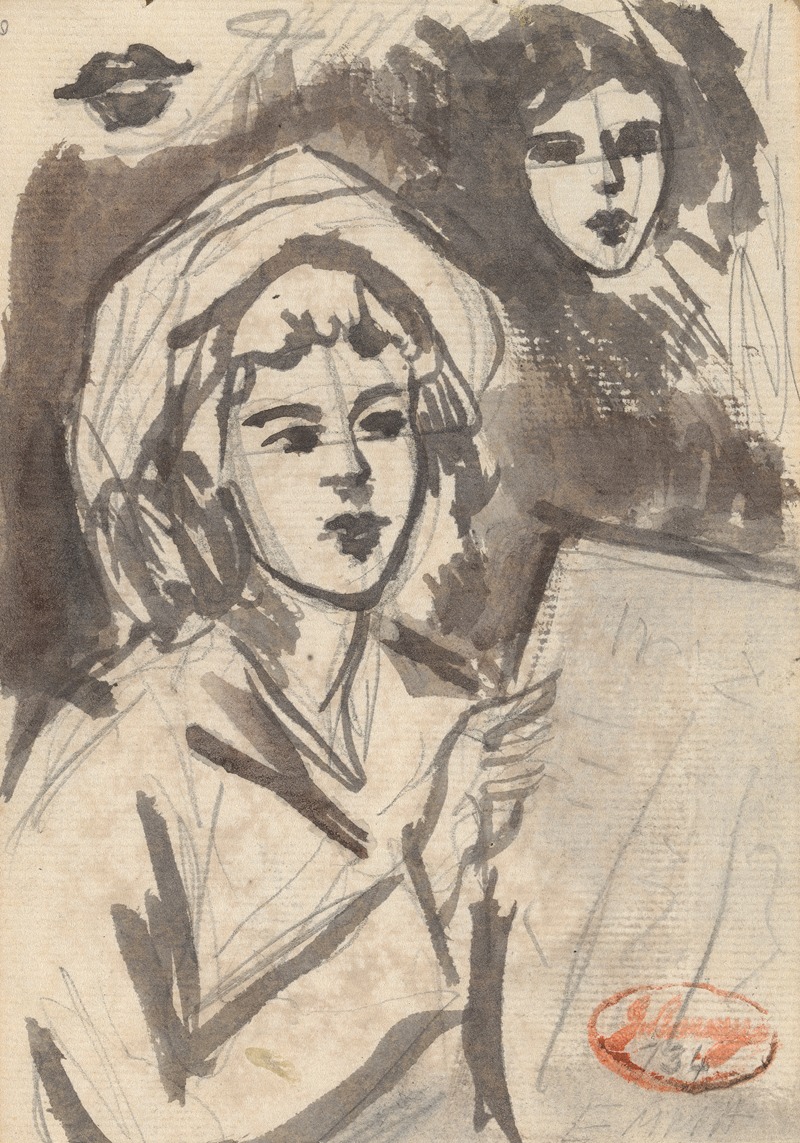
Sketch
A hand-painted replica of George Romney’s masterpiece Sketch, meticulously crafted by professional artists to capture the true essence of the original. Each piece is created with museum-quality canvas and rare mineral pigments, carefully painted by experienced artists with delicate brushstrokes and rich, layered colors to perfectly recreate the texture of the original artwork. Unlike machine-printed reproductions, this hand-painted version brings the painting to life, infused with the artist’s emotions and skill in every stroke. Whether for personal collection or home decoration, it instantly elevates the artistic atmosphere of any space.
George Romney was an eminent English portrait painter in the late 18th century, known for his vivid and expressive style. While Romney is primarily celebrated for his finished portraits, he also produced numerous sketches that offer insight into his artistic process and the development of his compositions. These sketches, often executed in pencil or chalk, reveal Romney's ability to capture the essence of his subjects with minimal lines and shading.
Romney was born in 1734 in Dalton-in-Furness, Lancashire, and showed an early aptitude for art. He trained under Christopher Steele, a portrait painter, before establishing his own practice. By the 1760s, Romney had moved to London, where he quickly gained a reputation as a leading portraitist. His clientele included many prominent figures of the day, and his work was characterized by its elegance and psychological depth.
Sketches by George Romney are valued for their spontaneity and the light they shed on his creative process. Unlike his finished paintings, which were often the result of numerous sittings and careful planning, his sketches were more immediate and fluid. They served as preliminary studies for larger works or as exercises in capturing the likeness and character of his subjects.
Romney's sketches often feature prominent figures of his time, including politicians, actors, and members of the aristocracy. One of his most famous muses was Emma Hamilton, the wife of Sir William Hamilton and the mistress of Admiral Horatio Nelson. Romney was captivated by Emma's beauty and charm, and he produced numerous sketches and paintings of her in various guises, from classical figures to allegorical representations.
The sketches are typically executed with a keen eye for detail and a deft hand, showcasing Romney's skill in rendering the human form with economy and grace. They often highlight the sitter's facial features, capturing expressions and moods with a few well-placed lines. Romney's ability to convey emotion and character in his sketches is a testament to his talent and understanding of human nature.
Romney's sketches are not only valuable as works of art but also as historical documents. They provide a glimpse into the social and cultural milieu of 18th-century England, reflecting the fashions, attitudes, and personalities of the time. Today, many of Romney's sketches are held in public and private collections, where they continue to be studied and admired for their artistic merit and historical significance.
In summary, George Romney's sketches are an integral part of his oeuvre, offering insight into his artistic process and the society in which he lived. They are appreciated for their immediacy, expressiveness, and the light they shed on the subjects he portrayed. As both art and historical record, Romney's sketches remain a valuable resource for understanding the art and culture of 18th-century England.





